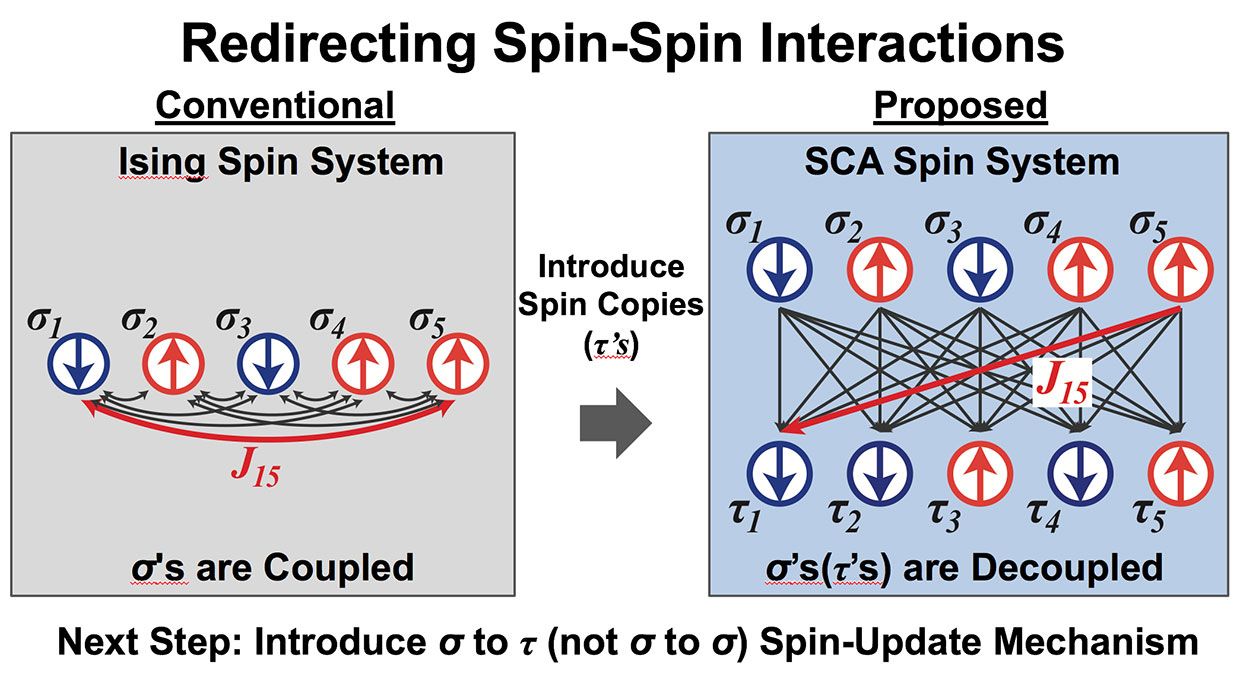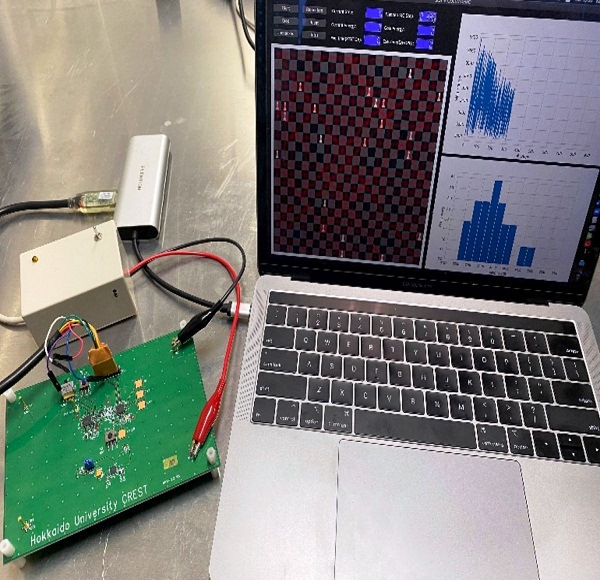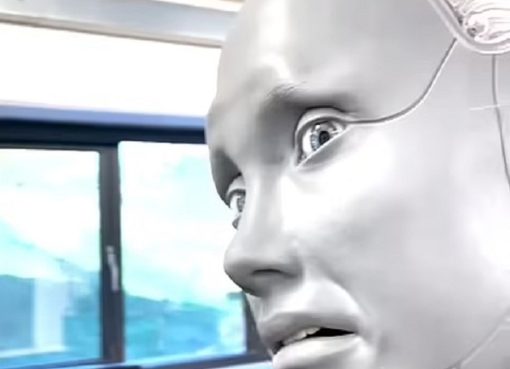During the past two years, IEEE Spectrum has spotlighted several new approaches to solving combinatorial optimization problems, particularly Fujitsu’s Digital Annealer and more recently Toshiba’s Simulated Bifurcation Algorithm. Now, researchers at the Tokyo Institute of Technology, with help from colleagues at Hitachi, Hokkaido University, and the University of Tokyo, have engineered a new annealer architecture to deal with this kind of task that has proven too taxing for conventional computers to deal with.
Dubbed STATICA (Stochastic Cellular Automata Annealer Architecture), the processor is designed to take on challenges such as portfolio, logistic, and traffic flow optimization when they are expressed in the form of Ising models.
Originally used to describe the spins of interacting magnets, Ising models can also be used to solve optimization problems. That’s because the evolving magnetic interactions in a system progress towards the lowest-energy state, which conveniently mirrors how an optimization algorithm searches for the best—i.e. ground state—solution. In other words, the answer to a particular optimization question becomes the equivalent of searching for the lowest energy state of the Ising model.
Current annealers such as D-Wave’s quantum annealer computer and Fujitsu’s Digital Annealer calculate spin-evolutions serially, points out Professor Masato Motomura at Tokyo Tech’s Institute of Innovative Research and leader of the STATICA project. As one spin affects all the other spins in a given iteration, spin switchings are calculated one by one, making it a serial process. But in STATICA, he notes, that updating is performed in parallel using stochastic cellular automata (SCA). That is a means of simulating complex systems using the interactions of a large number of neighboring “cells” (spins in STATICA) with simple updating rules and some stochasticity (randomness).
In conventional annealing systems, if one spin flips, it affects all of the connected spins and therefore all the spins must be processed in the next iteration. But in STATICA, SCA introduces copies (replicas) of the original spins into the process. All original spin-spin interactions are redirected to their individual replica spins.

“In this method, all the replica spins are updated in parallel using these spin-spin interactions,” explains Motomura.” If one original spin flips, it affects its replica spin but not any of the other original spins because there is no interaction between them, unlike conventional annealing. And in the next iteration, the replica spins are interpreted as original spins and the parallel spin-update is repeated.
As well as enabling paralleling processing, STATICA also uses pre-computed results to reduce computation. “So if there is no spin-flip, there is nothing to compute,” says Motomura. “And if the influence of a flipped spin has already been computed, that result is reused.”

For proof of concept, the researchers had a 3-by-4-mm STATICA chip fabricated using a 65-nm complementary metal oxide semiconductor (CMOS) process operating at a frequency of 320 megahertz and running on 649 milliwatts. Memory comprises a 1.3 megabit SRAM. This enabled an Ising model of 512 spins, equivalent to 262,000 connections, to be tested.
“Scaling by at least two orders of magnitude is possible,” notes Motomura. And the chip can be fabricated using the same process as standard processors and can easily be added to a PC as a co-processor, for instance, or added to its motherboard.

“At the ISSCC Conference in February, where we presented a paper on STATICA, we mounted the chip on a circuit board with a USB connection,” he says, “and demonstrated it connected to a laptop PC as proof of concept.”
To compare STATICA’s performance against existing annealing technologies (using results given in published papers), the researchers employed a Maxcut benchmark test of 2,000 connections. STATICA came out on top in processing speed, accuracy, and energy efficiency. Compared with its nearest competitor, Toshiba’s Simulated Bifurcation Algorithm, STATICA took 0.13 milliseconds to complete the test, versus 0.5 ms for SBA. In energy efficiency, STATICA ran on an estimated 2 watts of power, far below the to 40 watts for SBA. And in histogram comparisons of accuracy STATICA also came out ahead, according to Motomura.
For the next step, he says the team will scale up the processor and test it out using realistic problems.
Other than that, there are no more technology hurdles to overcome.
“STATICA is ready,” states Motomura. “The only question is whether there is sufficient market demand for such an annealing processor. We hope to see interest, for instance, from ride-sharing companies like Uber, and product distributors such as Amazon. Local governments wanting to control problems such as traffic congestion might also be interested. These are just a few examples of how STATICA might be used besides more obvious applications like portfolio optimization and drug discovery.”
Source: Spectrum










